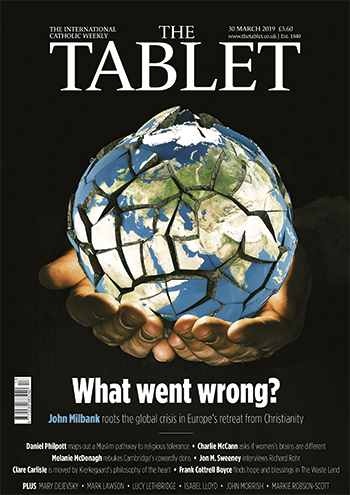Thirty-five years ago, on the banks of the river Code in the city of Yogyakarta, on the island of Java, Indonesia, construction began on a remarkable settlement that would secure the reputation of a maverick Indonesian architect, novelist, political activist and priest.
If not totally neglected during his lifetime Yusuf Bilyarta Mangunwijaya (inset), popularly known as Romo Mangun (“Fr Mangun”), operated at a considerable remove from the mainstream. Yet he was a remarkable architect whose work drew praise from figures such as B.V. Doshi, Fumihiko Maki and Frank Gehry.
To Western eyes his ecclesiastical buildings might be Basil Spence’s earthier tropical cousins: adventures in humane modernism that fuse local materials and contemporary style with just enough form to keep them at a safe distance from the sort of alternative eco-structures you get at Glastonbury Festival.



